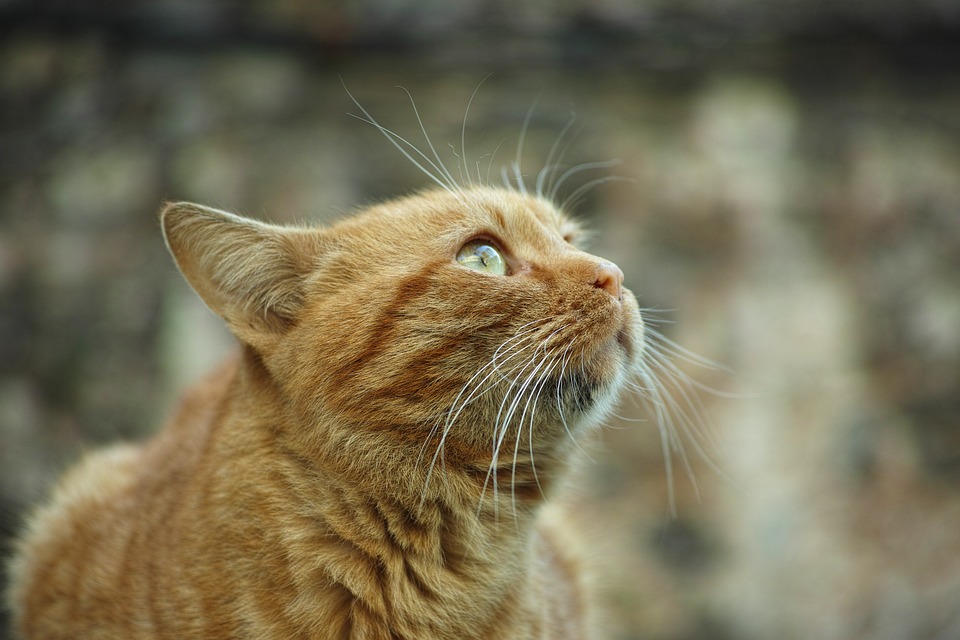Cats are known for their impeccable grooming habits, but sometimes all that self-care can lead to a not-so-pleasant side effect: hairballs. These unpleasant regurgitated masses of fur are not only a nuisance but can also pose a health risk to your beloved feline companion. Fortunately, with the right grooming techniques, you can help minimize the occurrence of hairballs and keep your cat healthy and happy. In this article, we will explore the best grooming practices to reduce cat hairballs and answer some frequently asked questions on the topic.
Why do cats develop hairballs?
Before diving into grooming techniques, it’s essential to understand why hairballs form in the first place. Cats are meticulous groomers and use their tongues to clean their fur. During this process, loose hair gets ingested and forms clumps in the stomach. Normally, the hair passes through the digestive system and is excreted in the feces. However, if the hair accumulates and cannot be expelled naturally, it forms a hairball.
Regular brushing: The key to preventing hairballs
The most effective way to reduce hairballs is through regular brushing. Brushing your cat not only helps remove loose hair but also prevents your feline friend from ingesting excessive amounts during grooming sessions. Here are some tips for effective brushing:
1. Choose the right brush: Different cats have different coat types, so it’s important to select a brush suitable for your cat’s fur. For short-haired cats, a soft bristle brush or a grooming glove works well. Long-haired cats may require a slicker brush or a comb with wider teeth to detangle and remove loose hair.
2. Make it a positive experience: Introduce brushing gradually and make it a pleasant experience for your cat. Offer treats or rewards, use gentle strokes, and be patient. If your cat shows signs of discomfort or stress, take breaks and try again later.
3. Brush in the direction of hair growth: Brushing in the direction of hair growth is more comfortable for your cat and allows for better removal of loose hair. Be gentle around sensitive areas like the belly and tail.
4. Establish a regular brushing routine: Aim to brush your cat at least once a day, especially during shedding seasons. Regular brushing not only reduces hairballs but also strengthens the bond between you and your feline companion.
Other grooming techniques to consider
While brushing is vital, there are other grooming techniques you can incorporate into your cat’s routine to further reduce hairballs:
1. Provide a hairball-prevention diet: Consult your veterinarian about hairball-prevention cat food options. These specialized diets often contain ingredients that promote healthy digestion and help move hair through the digestive tract.
2. Promote hydration: Encourage your cat to drink plenty of water to maintain hydration. Well-hydrated cats have a higher chance of passing hair naturally through their digestive system.
3. Consider hairball remedies: Hairball remedies, such as lubricant gels or pastes, can help facilitate the passage of hair through the digestive system. Consult your veterinarian for suitable options and proper usage guidelines.
FAQs about grooming techniques and hairballs
1. Are hairballs dangerous for cats?
Hairballs can be potentially harmful if they are too large to be expelled or cause an obstruction. If your cat repeatedly vomits hairballs, experiences a loss of appetite, or shows signs of discomfort, consult your veterinarian immediately.
2. Can shaving my cat’s fur eliminate hairballs?
Shaving a cat’s fur can significantly reduce hairball formation. However, it’s essential to consult a professional groomer before opting for this solution, as shaving may not be suitable for all cats or climates.
3. How often should I clean my cat’s grooming tools?
Regularly cleaning your cat’s grooming tools, such as brushes and combs, helps prevent the accumulation of loose hair and dirt. Aim to clean them at least once a week or more frequently if necessary.
4. My cat dislikes being brushed. What should I do?
If your cat dislikes brushing, consider alternative grooming tools like grooming gloves or seek the assistance of a professional groomer. Additionally, ensuring your cat has access to scratching posts and toys can help them remove loose fur through natural behaviors.
By incorporating these grooming techniques into your cat’s care routine, you can significantly reduce hairballs and keep your feline friend’s digestive system healthy. Remember, if you have any concerns about your cat’s hairball frequency or overall health, consult your veterinarian for proper guidance and advice.








